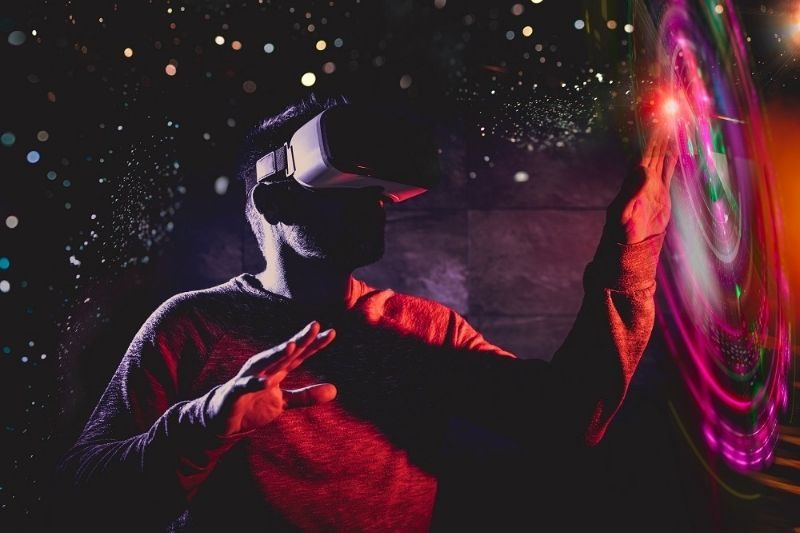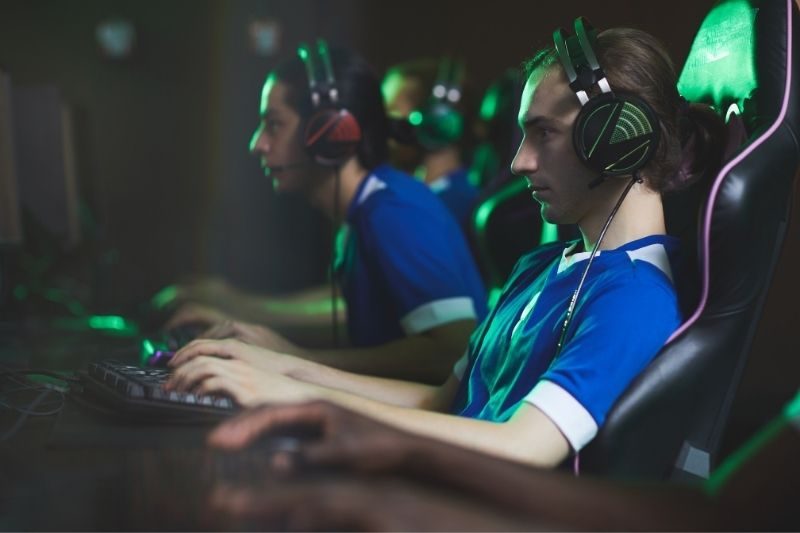Leading gaming markets in Asia
In the gaming world, there are today 2.7 billion gamers, about 1/3 of the planet’s population. The largest market is China, followed by the US. At HGC, we expect that over the coming years, as a result of technological advancement, economic outlook and large population concentration, several more Asian countries – such as India, Indonesia or the Philippines – will enter the top ten of the largest gaming markets on the planet.
The VR marketplace follows the same pattern, albeit, with much lower figures. VR counts, as of 2020, with 171 million users, according to Statista. CCS Insight has found that as many as seven in ten people who buy a VR headset, have bought at least one game to play on the device.
The largest spending VR market is China at US$5.8 billion, followed by the US, at US$5.1 billion. The total worldwide spend stands at US$18.8 billion. Gaming accounts for as much as 50% of VR software revenues which have reached US$30 billion in 2019 for the first time.
An interesting statist I’ve came across – albeit a bit old – is from job website indeed.com which in 2017-18 reported a 17% increase in VR gaming jobs posts on its platform.
There are many more figures and studies, but all of the above is prey self-explanatory: if gaming is booming, the next big thing is already beginning to roar right in front of our eyes.








